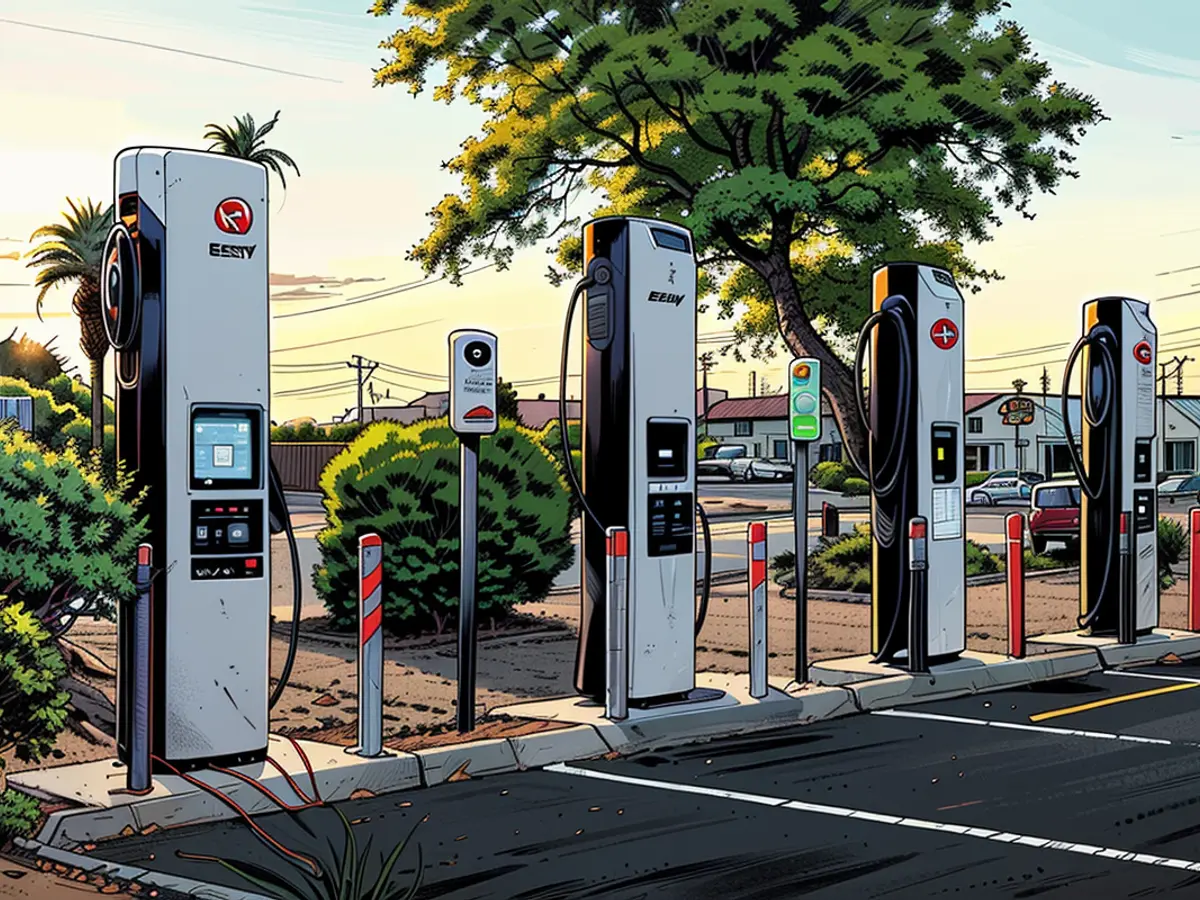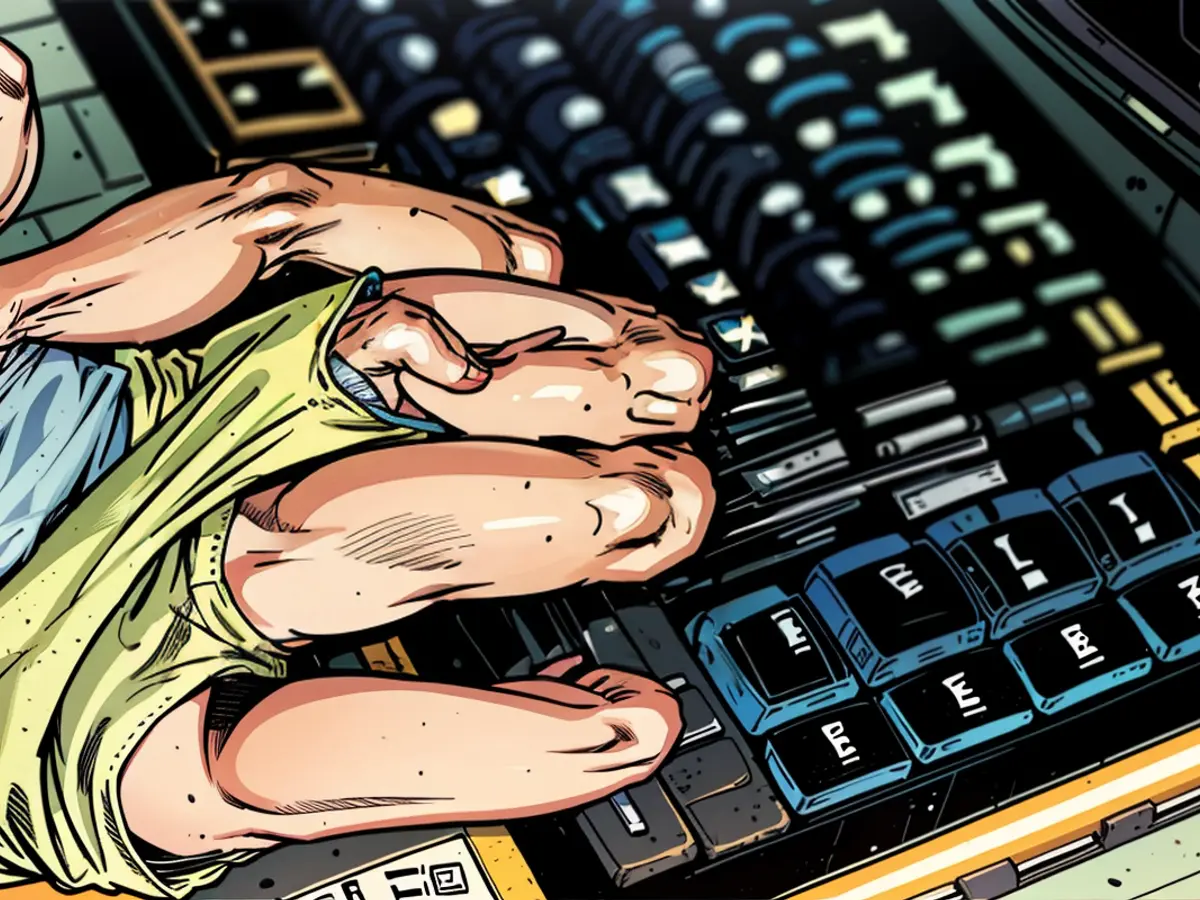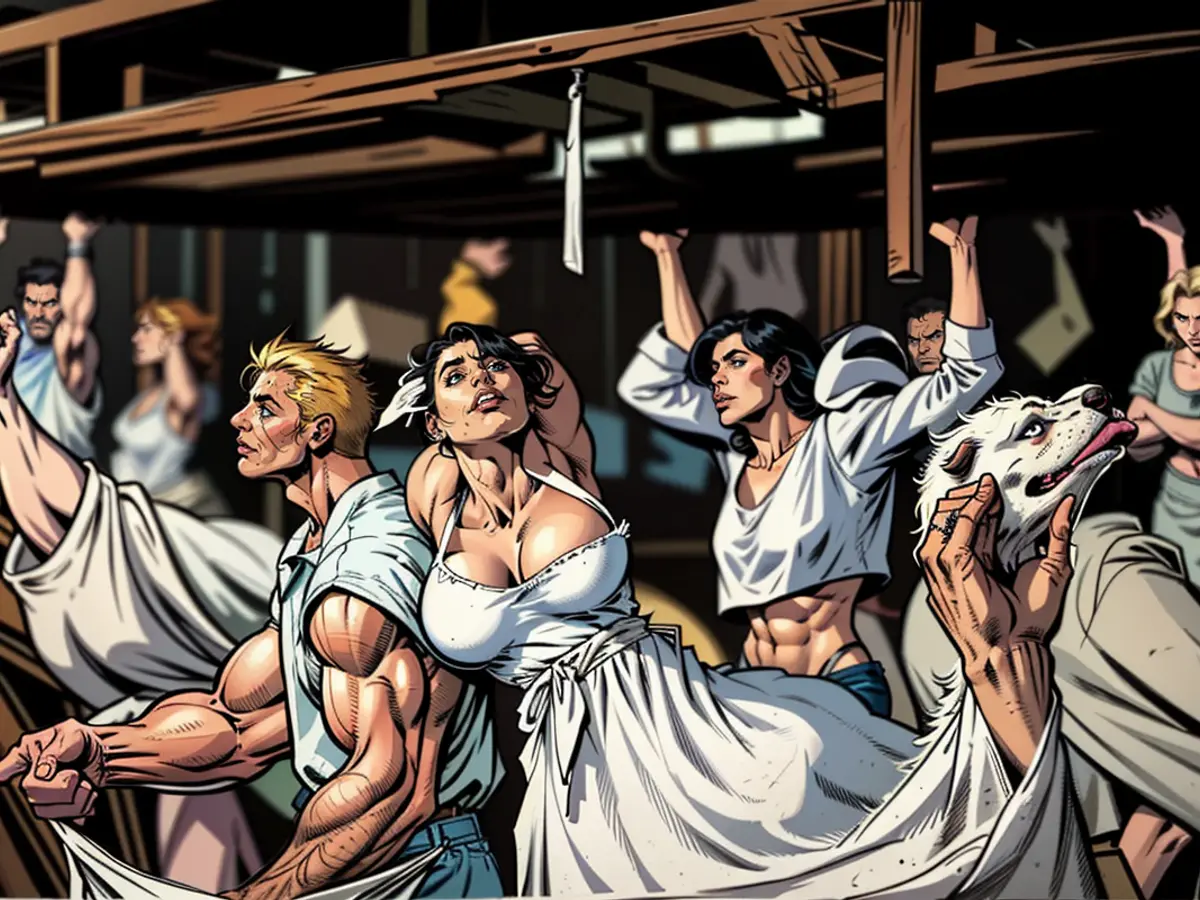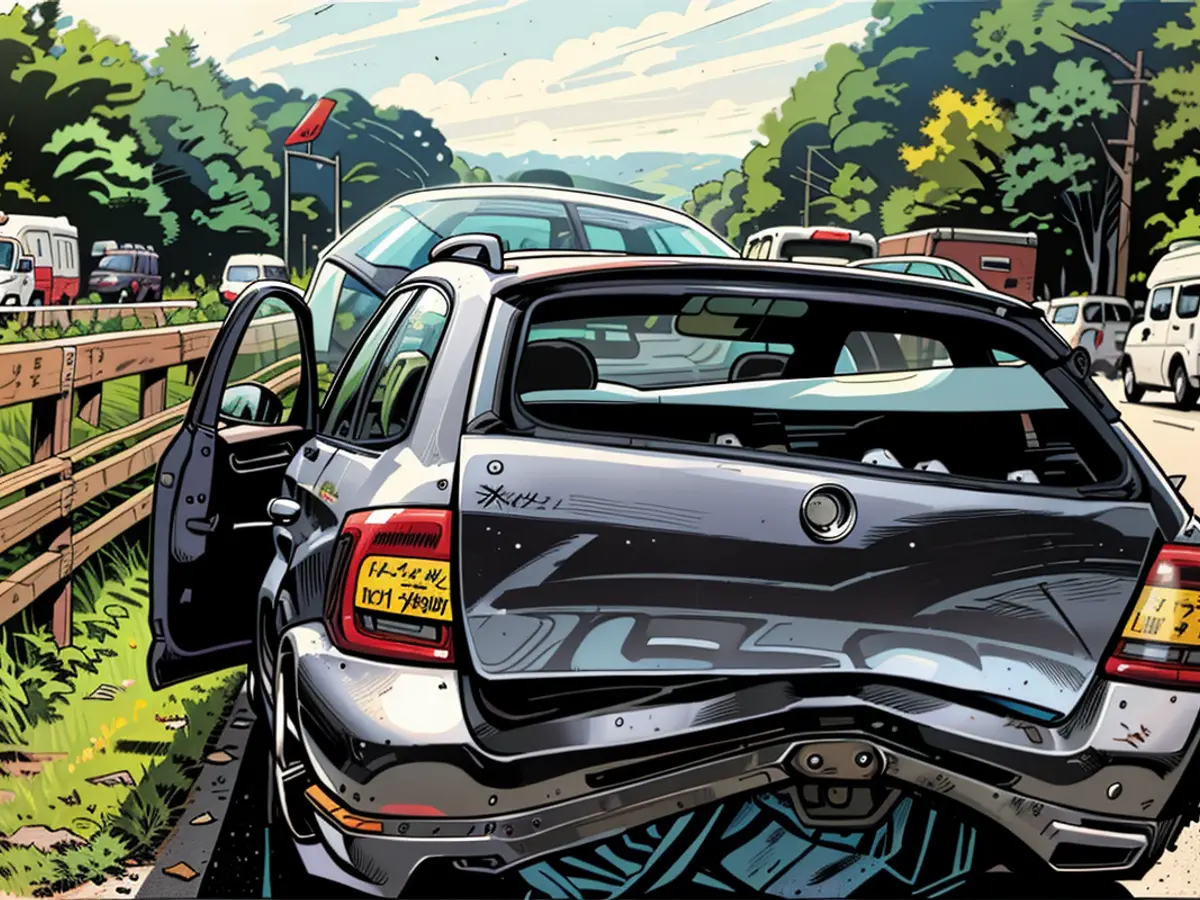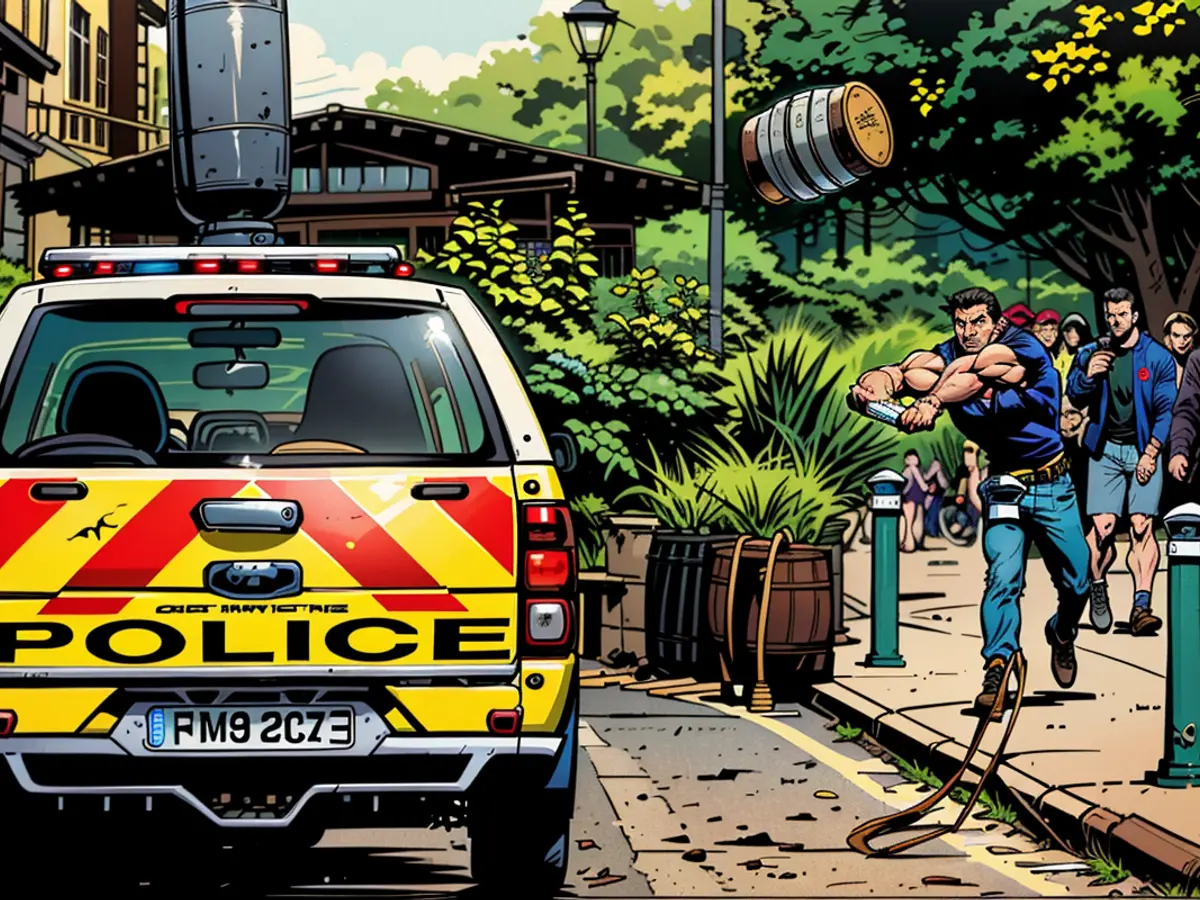‘Charger hogs’ are ruining the electric vehicle experience. One company is clamping down on bad manners
Recently, I drove a new Chevrolet Blazer EV from New York City to Bristol, Pennsylvania. I figured the drive down to Bristol with my family would take about 90 minutes and, since I didn’t start with a full battery, the return trip would take 15 to 20 minutes more with a stop along the way to charge up the EV some.
I was so very wrong.
It took us four hours to get home that night. We were sitting in line for electric vehicle chargers. Blame ill-mannered charger hogs who don’t respect EV etiquette. It’s like waiting for your table in a restaurant while watching people casually chat over empty plates and half-empty wine glasses.
What’s wrong? EV fast chargers – the big tall units that look like major appliances – aren’t generally designed to completely fill an EV’s batteries. They are designed to pour electricity into a battery quickly so drivers can make a short stop and get back on the road after, say, 20 minutes or so. They’re different from the smaller and more common “slow” or “destination chargers,” in Tesla parlance, that are designed for drivers to park, plug in... and leave for hours.

Fast charging can be stressful for a car’s batteries, though. So, to protect batteries from damage, charging speeds slow way down once batteries get beyond 80% full. In fact, it can take as long, or even longer, to go from 80% charged to completely full than to reach 80%. Meanwhile, lines of electric vehicles wait behind almost-full cars.
I was waiting behind people with batteries that were 92%, 94% and even 97% full, as I could see on the charger screens. Still, they stayed there. I made my own situation worse by giving up on one location and going to another with more chargers, but there were even more EVs waiting there.
Given that a lack of public charging is turning many consumers off to EVs, according to multiple surveys, this is a major issue.
Electrify America, one of America’s biggest charging companies, is experimenting with a solution to the problem of charger hogs who can make it slow and unpleasant to travel in an EV. At 10 of the busiest EV fast charging stations in California, Electrify America has enacted a strict limit. Once a car’s batteries are 85% charged, charging will automatically stop and the driver will be told to unplug and leave or face additional 40-cent-per-minute “idle time” fees for taking the space.
It’s similar to something Tesla vehicles do automatically. When a Tesla car, truck or SUV plugs into a particularly heavily-used Supercharger station, the vehicle itself may automatically limit charging to just 80% “to reduce congestion,” according to Tesla’s on-line Supercharger Support web page.
In that case, though, the user can still override the limit using the vehicle’s touchscreen. Therewill be no getting around Electrify America’s limit. A driver who wants to charge to 100% at one of these stations will need to go someplace else.
Charger access has been a sore point among EV owners for years (note the complaining rants on Reddit and LinkedIn). But it’s becoming a more critical issue because, even though the rate of EV sales growth is tapering off, the number of EVs on the road that need charging is still increasing.
“I think what you’re seeing is demand for public fast charging is really skyrocketing,” said Sara Rafalson, executive vice president for policy at EV charging company EVgo, “and I would say we’ve been really at an inflection point in the last year, year and a half, with demand.”
Why so many drivers hog so few chargers
Given the sharply dropping speed curve of EV chargers it would make the most sense to unplug at 80% and just stop at another charger later to fill to 80% again. That would always take advantage of a fast charger’s highest speeds.
Electric cars are still pretty new to most owners, and their “refueling” habits are based on what they’ve been used to from driving gas cars, said Robert Barrosa, president of the EV charging company Electrify America. People go to a gas pump to “fill up,” and many will treat a charger the same way. Many new EV owners may not even be aware that there is always adrastic slow-down in charging speed past 80%.
But what if the nearest fast charger is, say, at least 15 or 20 minutes out of the way? The relative scarcity of chargers, and long distances between them, can make people want to stick around a while once they find one.
“Once you’re at a charger, it’s like ‘Oh, yeah. I’m filling all the way,’” said Barrosa.
Both Electrify America and EVgo said they are rapidly expanding their networks to, as EVgo’s Rafalson put it, “skate ahead of the puck,” trying to make sure there are enough chargers to meet future demand. An ample supply of chargers couldhelp mitigate the sort of electricity hoarding behavior that’s common at chargers now.
The problem of users taking up chargers may be exacerbated by Electrify America’s own free charging agreements with various automakers, including Mercedes-Benz and Hyundai. When charging time costs nothing, there’s no financial incentive to unplug. Like diners ordering more endless shrimp at Red Lobster, some EV drivers take full advantage, to the growing thefrustration of others waiting behind them.
There can also be other legitimate reasons a driver may want to charge to 100% at a fast charger, said Barrosa. For instance, they may be taking a long trip to someplace where they know there will be few chargers. Or they may be driving an EV with relatively little range, like a Fiat 500e or Mazda MX-30, so they need to cram in all they can. Cases like these are why Electrify America probably won’t institute an overall charging cap at charging stations near major highways, he said.
Charging companies like Electrify America have an immense amount of real-time data on charger usage, so a more nuanced approach than a simple limit at certain chargers would be possible. Some EV charging companies have experimented with plans that charge different amounts of money at different times to give drivers incentives to fill their batteries at less busy hours. For now, at least, Electrify America executives want to keep things simple, said Barrosa, so drivers know what to expect when they arrive at a charging station.
For the time being, let’s just hope that EV drivers who don’t really need to fill all the way up will learn to be more considerate.
The lack of available fast chargers can deter potential electric vehicle (EV) buyers, as indicated by multiple surveys. To address this issue, Electrify America is implementing a strict limit at some California stations, stopping charging once a car's batteries reach 85% to prevent charger hogs.
Given the rising demand for public fast charging, EV charging companies like EVgo are expanding their networks to accommodate future demand and minimize electricity hoarding behavior.
